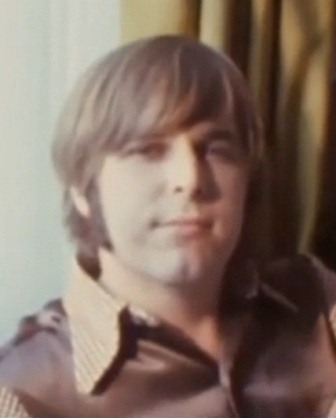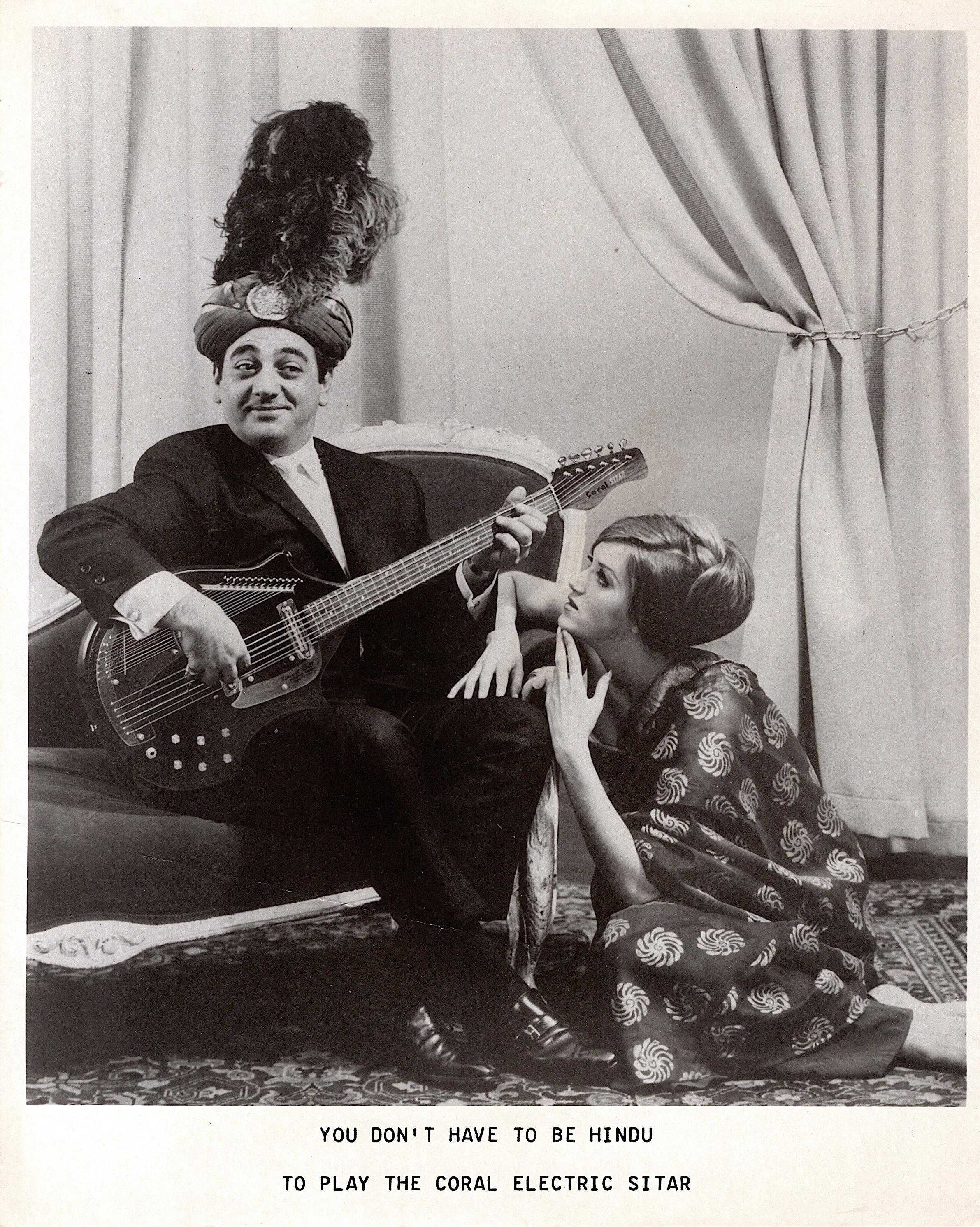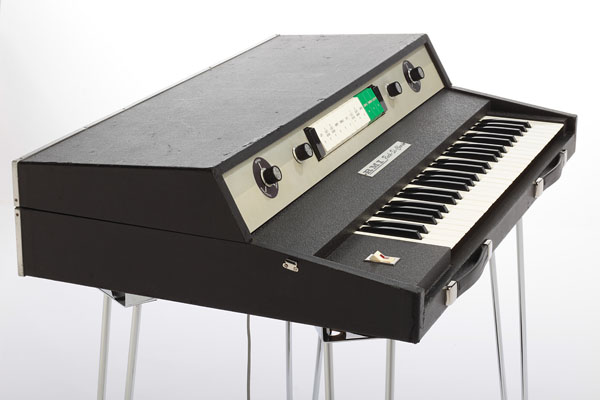|
All I Wanna Do (Beach Boys Song)
"All I Wanna Do" is a song by the American rock band the Beach Boys from their 1970 album ''Sunflower''. Written by Brian Wilson and Mike Love, the recording's use of layering, reverb and delay effects led it to be retrospectively cited as the earliest example of dream pop and chillwave, as well as a precursor to shoegaze. It was also influential for many lo-fi acts. The song was initially attempted for the albums ''Friends'' (1968) and ''20/20'' (1969). Carl Wilson produced the version that appeared on ''Sunflower'', likely with assistance from Brian, and with lead vocals by Love. The arrangement features multiple vocal parts sung in counterpoint, 12-string guitar, Rocksichord, electric sitar, and a Moog synthesizer played by engineer Stephen Desper. Brian later said that he felt it was "a boring song" that "wasn't done right". The band never performed it in concert, although Love's touring edition of the group did, in 2015. In 2018, an earlier version of the track was r ... [...More Info...] [...Related Items...] OR: [Wikipedia] [Google] [Baidu] |
The Beach Boys
The Beach Boys are an American Rock music, rock band that formed in Hawthorne, California, in 1961. The group's original lineup consisted of brothers Brian Wilson, Brian, Dennis Wilson, Dennis, and Carl Wilson, their cousin Mike Love, and friend Al Jardine. Distinguished by their vocal harmony, vocal harmonies, adolescent-themed lyrics, and musical ingenuity, they are one of the most influential acts of the rock era. They drew on the music of traditional pop, older pop vocal groups, 1950s rock and roll, and black R&B to create their unique sound. Under Brian's direction, they often incorporated classical music, classical or jazz elements and Recording studio as an instrument, unconventional recording techniques in innovative ways. The Beach Boys began as a garage band, managed by the Wilsons' father Murry Wilson, Murry, with Brian serving as composer, arranger, producer, and ''de facto'' leader. In 1963, they enjoyed their first national hit with "Surfin' U.S.A.", beginning a ... [...More Info...] [...Related Items...] OR: [Wikipedia] [Google] [Baidu] |
Friends (The Beach Boys Album)
''Friends'' is the 14th studio album by American rock band the Beach Boys, released on June 24, 1968, through Capitol Records. The album is characterized by its calm and peaceful atmosphere, which contrasted the prevailing music trends of the time, and for its brevity, with five of its 12 tracks running less than two minutes long. It sold poorly, peaking at number 126 on the ''Billboard'' charts, the group's lowest U.S. chart performance to date, although it reached number 13 in the UK. Fans generally came to regard the album as one of the band's finest. As with their two previous albums, ''Friends'' was recorded primarily at Brian Wilson's home with a lo-fi production style. The album's sessions lasted from February to April 1968 at a time when the band's finances were rapidly diminishing. Despite crediting production to "the Beach Boys", Wilson actively led the entire project, later referring to it as his second unofficial solo album (the first being 1966's ''Pet Sounds''). S ... [...More Info...] [...Related Items...] OR: [Wikipedia] [Google] [Baidu] |
Fun, Fun, Fun
"Fun, Fun, Fun" is a song by the American rock band the Beach Boys from their 1964 album ''Shut Down Volume 2''. Written by Brian Wilson and Mike Love, it was released as a single in February, backed with " Why Do Fools Fall in Love". "Fun, Fun, Fun" is one of the Beach Boys' many songs that defined the California myth. The lyrics are about a teenage girl who deceives her father so she can go hot-rodding with his Ford Thunderbird. At the end, her father discovers her deception and takes the keys from her. Near the end of the song, the song's narrator suggests that the girl accompany him, so that they may 'have Fun, Fun, Fun' engaging in other activities, 'now that Daddy took the T-Bird away.' Background and inspiration The song was written by Brian Wilson and Mike Love. The lyrics are partly inspired by events from Dennis Wilson's life. Russ Titelman recalled that he visited Brian while he was working on the song, and that its original lyric was "Run, Run, Run". According to S ... [...More Info...] [...Related Items...] OR: [Wikipedia] [Google] [Baidu] |
Countermelody
In music, a counter-melody (often countermelody) is a sequence of notes, perceived as a melody, written to be played simultaneously with a more prominent lead melody. In other words, it is a secondary melody played in counterpoint with the primary melody. A counter-melody performs a subordinate role, and it is typically heard in a texture consisting of a melody plus accompaniment. In marches, the counter-melody is often given to the trombones or horns. American composer David Wallis Reeves is credited with this innovation in 1876. The more formal term countersubject applies to a secondary or subordinate melodic idea in a fugue. A countermelody differs from a harmony part sung by a backup singer in that whereas the harmony part typically lacks its own independent musical line, a countermelody is a distinct melodic line. See also *Nebenstimme *Parallel harmony *Traditional sub-Saharan African harmony Traditional sub-Saharan African harmony is a music theory of harmony in ... [...More Info...] [...Related Items...] OR: [Wikipedia] [Google] [Baidu] |
Double Bass
The double bass (), also known simply as the bass () (or #Terminology, by other names), is the largest and lowest-pitched Bow (music), bowed (or plucked) string instrument in the modern orchestra, symphony orchestra (excluding unorthodox additions such as the octobass). Similar in structure to the cello, it has four, although occasionally five, strings. The bass is a standard member of the orchestra's string section, along with violins, viola, and cello, ''The Orchestra: A User's Manual'' , Andrew Hugill with the Philharmonia Orchestra as well as the concert band, and is featured in Double bass concerto, concertos, solo, and chamber music in European classical music, Western classical music.Alfred Planyavsky [...More Info...] [...Related Items...] OR: [Wikipedia] [Google] [Baidu] |
Feel Flows (album)
''Feel Flows: The Sunflower & Surf's Up Sessions 1969–1971'' is an expanded reissue of the albums ''Sunflower'' (1970) and '' Surf's Up'' (1971) by American rock band the Beach Boys. It was released by Capitol/UME on August 27, 2021 and was produced by Mark Linett and Alan Boyd. ''Feel Flows'' is the band's first major archival release since '' Wake the World'' and ''I Can Hear Music'' in 2018, and the first issued on physical media since '' Sunshine Tomorrow'' in 2017. The title is taken from the ''Surf's Up'' track "Feel Flows". The compilation was released in four different formats: a five-CD box set, a two-CD set, a double vinyl set, and a quadruple vinyl set. The box set includes remastered editions of the ''Sunflower'' and ''Surf's Up'' albums alongside 108 previously unreleased tracks, the majority of which are session highlights, alternate versions, and alternate mixes (including instrumental and ''a cappella'' mixes). ''Feel Flows'' also includes live performances, radio ... [...More Info...] [...Related Items...] OR: [Wikipedia] [Google] [Baidu] |
The 20/20 Sessions
''The'' () is a grammatical article in English, denoting persons or things that are already or about to be mentioned, under discussion, implied or otherwise presumed familiar to listeners, readers, or speakers. It is the definite article in English. ''The'' is the most frequently used word in the English language; studies and analyses of texts have found it to account for seven percent of all printed English-language words. It is derived from gendered articles in Old English which combined in Middle English and now has a single form used with nouns of any gender. The word can be used with both singular and plural nouns, and with a noun that starts with any letter. This is different from many other languages, which have different forms of the definite article for different genders or numbers. Pronunciation In most dialects, "the" is pronounced as (with the voiced dental fricative followed by a schwa) when followed by a consonant sound, and as (homophone of the archaic ... [...More Info...] [...Related Items...] OR: [Wikipedia] [Google] [Baidu] |
The Beach Boys (touring Band)
The Beach Boys are an American rock band formed in Hawthorne, California, in 1961. Since then, the band has undergone many variations in composition, with representation by fill-ins onstage. As of 2021, the only principal members included in the Beach Boys' touring band are co-founder Mike Love and 1965 addition Bruce Johnston. In 1998, Love sought authorization through the Beach Boys' corporation, Brother Records Inc. (BRI) to tour as "The Beach Boys" and secured the necessary license. Even though Brian Wilson and Al Jardine have not performed with Love and Johnston's band since their one-off 2012 reunion tour, they remain a part of BRI. 1961–1964: Early years The group's instrumental combo initially involved Brian Wilson on bass guitar and keyboards, Carl Wilson on guitar, and Dennis Wilson on drums. Nine months after forming a proper group with their cousin Mike Love and friend Al Jardine, the Beach Boys acquired national success, and demand for their personal appearanc ... [...More Info...] [...Related Items...] OR: [Wikipedia] [Google] [Baidu] |
Stephen Desper
Stephen W. Desper is an American audio engineer who is best known for his work with the Beach Boys during the early 1970s and for inventing the Spatializer. The Spatializer is an effects unit which employs psychoacoustic techniques that emulate three-dimensional ambience via traditional stereophonic units, and can be heard in the Bonnie Raitt album ''Longing in Their Hearts'' (1994). Desper was also the house engineer for the Monterey Pop Festival in June 1967. Through the Beach Boys subsidiary American Productions, the band loaned their touring sound system to the festival. He accompanied the equipment from the Beach Boys storage warehouse up the coast with band road manager Jon Parks and ended up mixing the house system for the entire three-day festival. Engineering credits The Beach Boys * ''Smiley Smile'' (1967) * '' Wild Honey'' (1967) * ''Friends'' (1968) * ''20/20'' (1969) * '' Live in London'' (1970) * ''Sunflower'' (1970) * '' Surf's Up'' (1971) * ''15 Big Ones'' (1976 ... [...More Info...] [...Related Items...] OR: [Wikipedia] [Google] [Baidu] |
Moog Synthesizer
The Moog synthesizer is a modular synthesizer developed by the American engineer Robert Moog. Moog debuted it in 1964, and Moog's company R. A. Moog Co. (later known as Moog Music) produced numerous models from 1965 to 1981, and again from 2014. It was the first commercial synthesizer, and is credited with creating the analog synthesizer as it is known today. The Moog synthesizer consists of separate modules which create and shape sounds, which are connected via patch cords. Modules include voltage-controlled oscillators, amplifiers, filters, envelope generators, noise generators, ring modulators, triggers, and mixers. The synthesizer can be played using controllers including keyboards, joysticks, pedals, and ribbon controllers, or controlled with sequencers. Its oscillators can produce waveforms of different timbres, which can be modulated and filtered to shape their sounds (subtractive synthesis). By 1963, Robert Moog had been designing and selling theremins for several ... [...More Info...] [...Related Items...] OR: [Wikipedia] [Google] [Baidu] |
Electric Sitar
An electric sitar is a type of electric guitar designed to mimic the sound of the sitar, a traditional musical instrument of India. Depending on the manufacturer and model, these instruments bear varying degrees of resemblance to the traditional sitar. Most resemble the electric guitar in the style of the body and headstock, though some have a body shaped to resemble that of the sitar (such as a model made by Danelectro). History The instrument was developed in the early 1960s by session guitarist Vinnie Bell in partnership with Danelectro and released under the brandname Coral™ in 1967. At the time, many western musical groups began to use the sitar, which is generally considered a difficult instrument to learn. By contrast, the electric sitar, with its standard guitar fretboard and tuning, is a more familiar fret arrangement for a guitarist to play. The twangy sitar-like tone comes from a flat bridge adding the necessary buzz to the guitar strings. Configuration In addition t ... [...More Info...] [...Related Items...] OR: [Wikipedia] [Google] [Baidu] |
Rocksichord
Rocky Mount Instruments (RMI) was a subsidiary of the Allen Organ Company, based in Rocky Mount, North Carolina, active from 1966 to 1982. The company was formed to produce portable musical instruments, and manufactured several electronic pianos, harpsichords, and organs that used oscillators to create sound, instead of mechanical components like an electric piano. The first significant instrument produced by RMI was the Rock-Si-Chord, which emulated a harpsichord. The best-selling and most widely used instrument was the RMI Electra-piano, that was played by numerous artists in the late 1960s and early 1970s, including Steve Winwood, Genesis' Tony Banks, and Yes' Rick Wakeman. Later, the company became a pioneer of digital synthesizers, including the Keyboard Computer and RMI Harmonic Synthesizer, both were used by Jean Michel Jarre. The company struggled to compete with digital synthesizers in the early 1980s, which led to its closure. A number of sample libraries featuring R ... [...More Info...] [...Related Items...] OR: [Wikipedia] [Google] [Baidu] |


.jpg)


.png)



